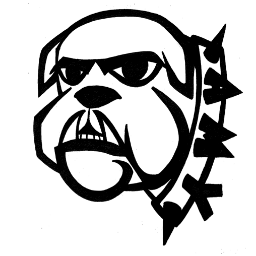Uniform Policy
Uniform Policy
In an effort to maintain an atmosphere that is most conducive to learning, student attire is expected to be appropriate for school. The purpose of the dress code is to assure that our student population will dress in a way that is supportive of, and not disruptive to, the educational process.
- Students Must Wear:
- A shirt (with fabric in the front, back, and on the sides under the arms), AND
- Pants/jeans or the equivalent worn at the waist(for example, a skirt, sweatpants, leggings, a dress or shorts), AND
- Closed-Toe/Closed-Heel Shoes
- Students May Wear:
- Religious headwear
- Sweatshirts. If there is a hood, it must remain down. As part of our commitment to a safe school environment, we must be able to easily identify all persons within the building.
- Fitted pants, including opaque leggings, yoga pants and “skinny jeans”
- Athletic attire
- Students Cannot Wear:
- Hats with a brim (or style that obscures the face)
- Images or language depicting drugs or alcohol (or any illegal item or activity).
- Hate speech, racial, ethnic, or religious slurs, profanity, pornography.
- Images or language that creates a hostile or intimidating environment based on any protected class or consistently marginalized groups.
- Any clothing worn in a manner that reveals undergarments
- Swimsuits, beach attire or sleep attire
- Accessories that could be considered dangerous or could be used as a weapon
- Dress Code Enforcement: These dress code guidelines shall apply to regular school days and summer school days, as well as any school-related events and activities, such as graduation ceremonies and school dances. Repeated violations of the dress code may result in disciplinary action.
- School administrators have the final decision in determining what is considered appropriate attire.
